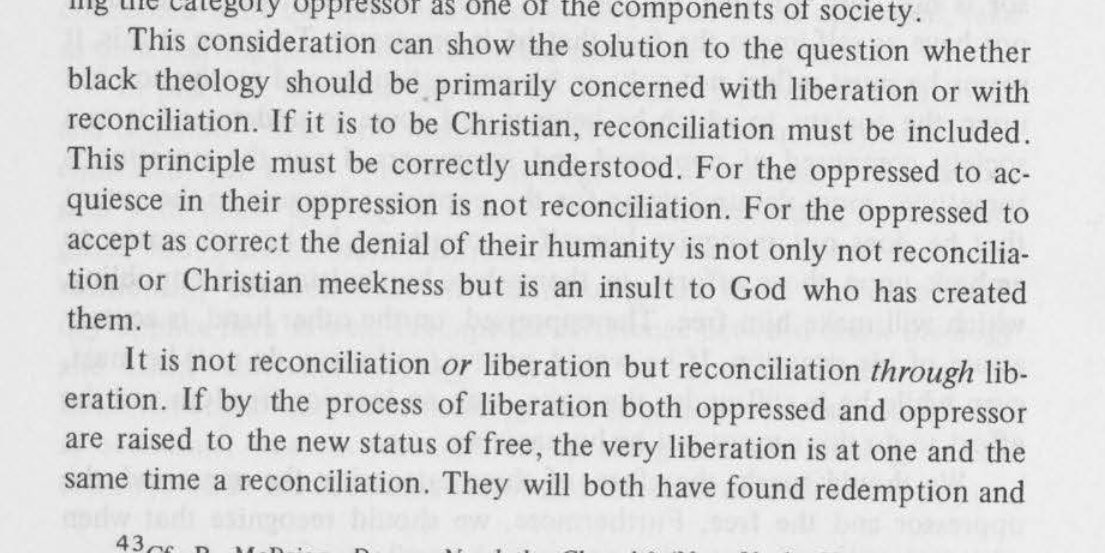1/10 Over the course of this #BlackCatholicHistoryMonth, I’ve been exploring the activism of Joseph Nearon, SSS. (A Thread). I discovered Nearon in my research on the National Federation of Catholic College Students, an affiliate of @PaxRomanaIMCS (1937-1968). 

2 NFCCS focused on interracial justice and helped to set up clubs on Catholic college campuses. In 1946, NFCCS hosted a “Intercultural Concert at Town Hall,” to raise money for scholarships for Black students. The first recipient of the NFCCS Scholarship was Joseph Nearon 

3 Nearon decided to attend @ManhattanEdu where he was active and served as an officer in the NFCCS, he was also involved in the National Students Association (NSA)– a partner group to NFCCS, and the Interracial Justice Society. 



4. In 1948, Nearon was involved in helping to mobilize Manhattan and Sienna colleges in the desegregation of the National Inter-collegiate Basketball League. This is from a report of the NFCCS interracial justice commission, 

5 Meanwhile, other Black NFCCS leaders were working for racial justice, including, Norman Francis of @XULA1925 who took on roles in NFCCS and its Southeastern Regional Interracial Commission (SERINCO) and James (Ted) Harris of @LaSalleUniv La Salle was elected president of NSA. 

6 In 1950, Nearon was involved in the leadership of the Joint Committee for Student Action, a coordinating body created by the NFCCS and National Newman Club Federation to coordinate the common voice of Catholic students in IMCS and the NSA.
7 After graduation, Nearon joined the Congregation of the Blessed Sacrament and later received a doctorate at the Gregorian University in Rome. Later he joined the faculty of @JohnCarrollU and became chair
8 In 1975, as the only Black member of the @theCTSA , he delivered an address to the CTSA on the The Situation of American Blacks - ejournals.bc.edu/index.php/ctsa… 



9 In 1980-1981, Nearon was assigned to teach in, Liberia. later he joined faculty of Xavier in New Orleans and helped co-found the Institute for Black Catholic Studies at Xavier University xula.edu/ibcs/history.h…
10. Nearon died in 1984. His story touches many of the key groups that have shaped my life and I’m sad he is not more well know at Manhattan. In the coming year, I am hoping to dive more into his legacy and share with both @ManhattanEdu and @PaxRomanaIMCS @BlackCatholicTS
@threadreaderapp unroll
• • •
Missing some Tweet in this thread? You can try to
force a refresh












